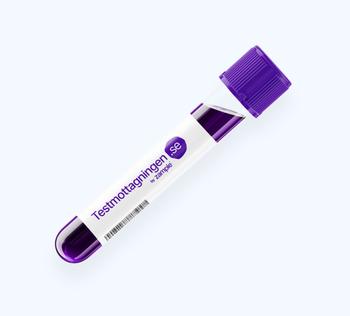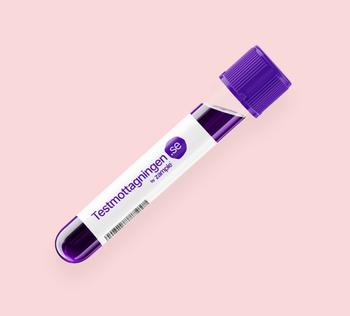What are triglycerides?
Triglycerides are found naturally in the diet we eat and make up the majority of the fat in our food and in butter, margarines and cooking oils, which are our most common cooking fats. But the body's fat also consists largely of triglycerides, which are then stored in the adipose tissue. Triglycerides exist in several forms and are made up of glycerol (alcohol) and three fatty acids, saturated, monounsaturated and polyunsaturated fatty acids that contain oxygen and hydrogen.
If we take in too many triglycerides, they are stored in the walls of the blood vessels and in the liver. When this happens and the level of triglycerides becomes elevated, the risk of suffering from cardiovascular disease increases.
What can a high value of triglycerides mean?
Too high levels of triglycerides can contribute to fatty arteries and lead to an increased risk of cardiovascular diseases. High triglycerides can often be seen together with low HDL cholesterol. A desirable limit is that the triglyceride content should not be higher than 2.0 millimoles per liter.





































